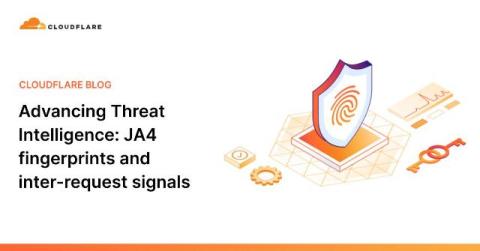The Value of IR Planning and Incident Readiness
With cyber attacks increasing in frequency and damage, it’s more important than ever for organizations to understand that an incident of any scale is more of a “when” than an “if.” That means that, as part of a comprehensive security strategy, organizations should not only focus on keeping threats out but also ensure that if a threat turns into an incident, they’re prepared to swiftly respond and recover.










